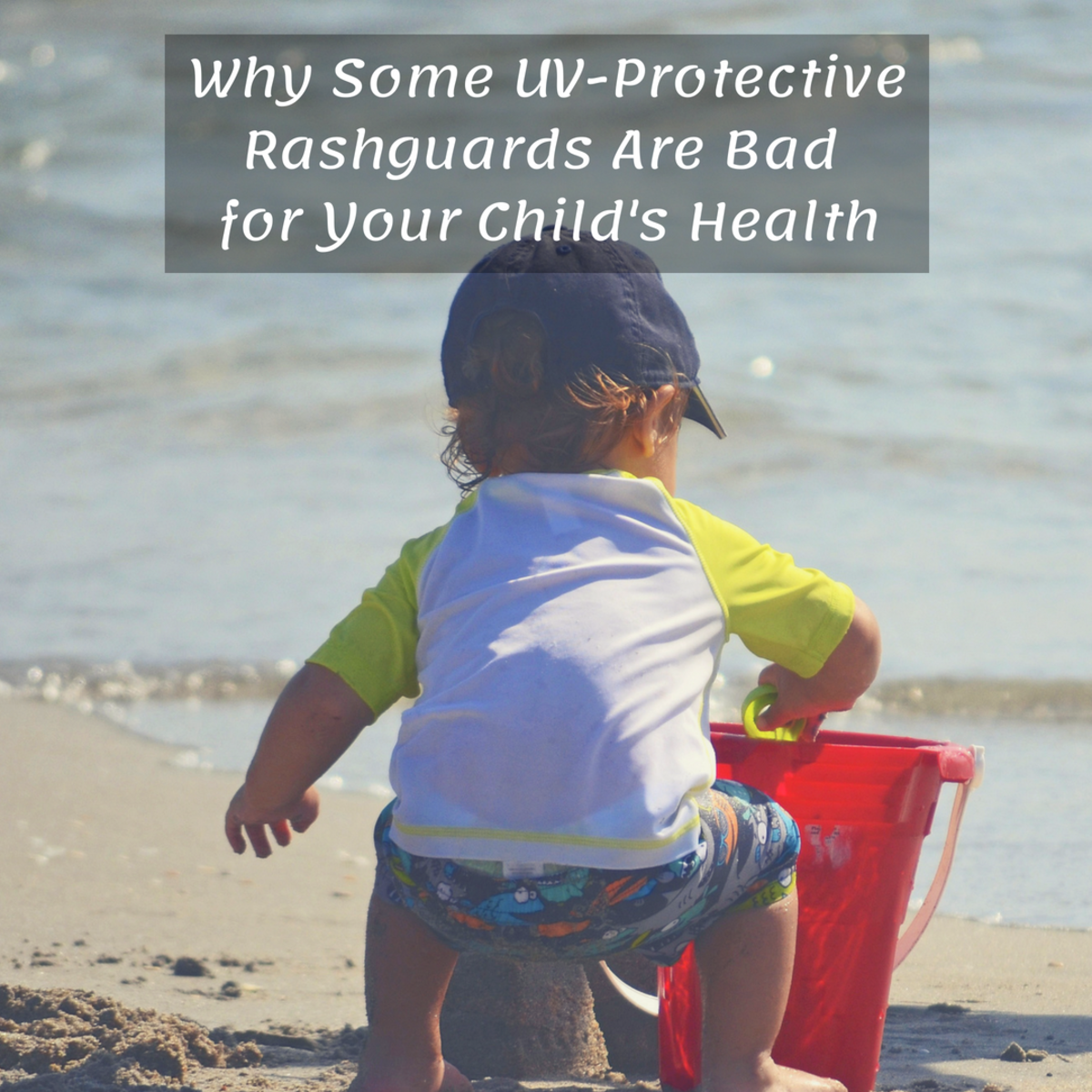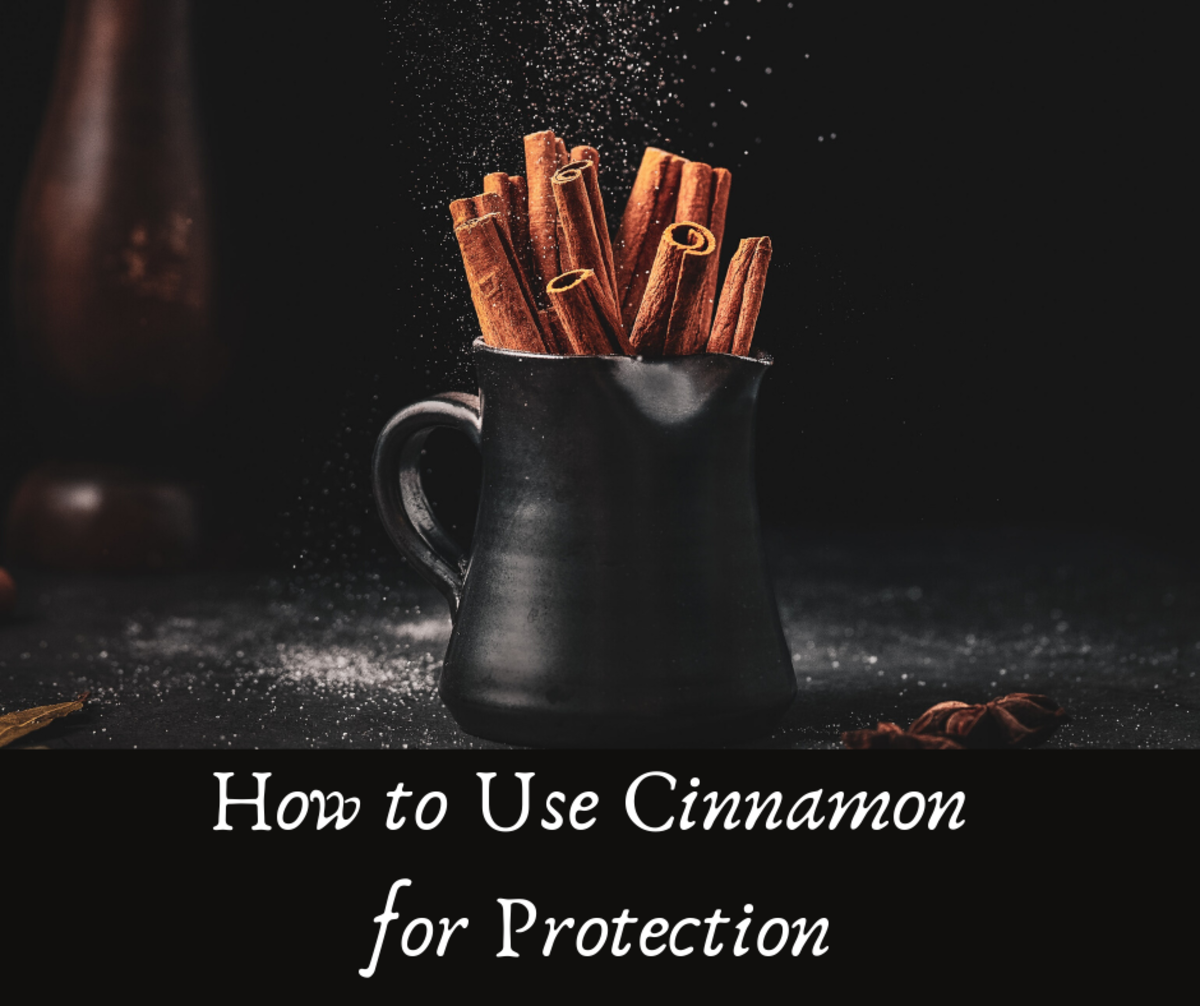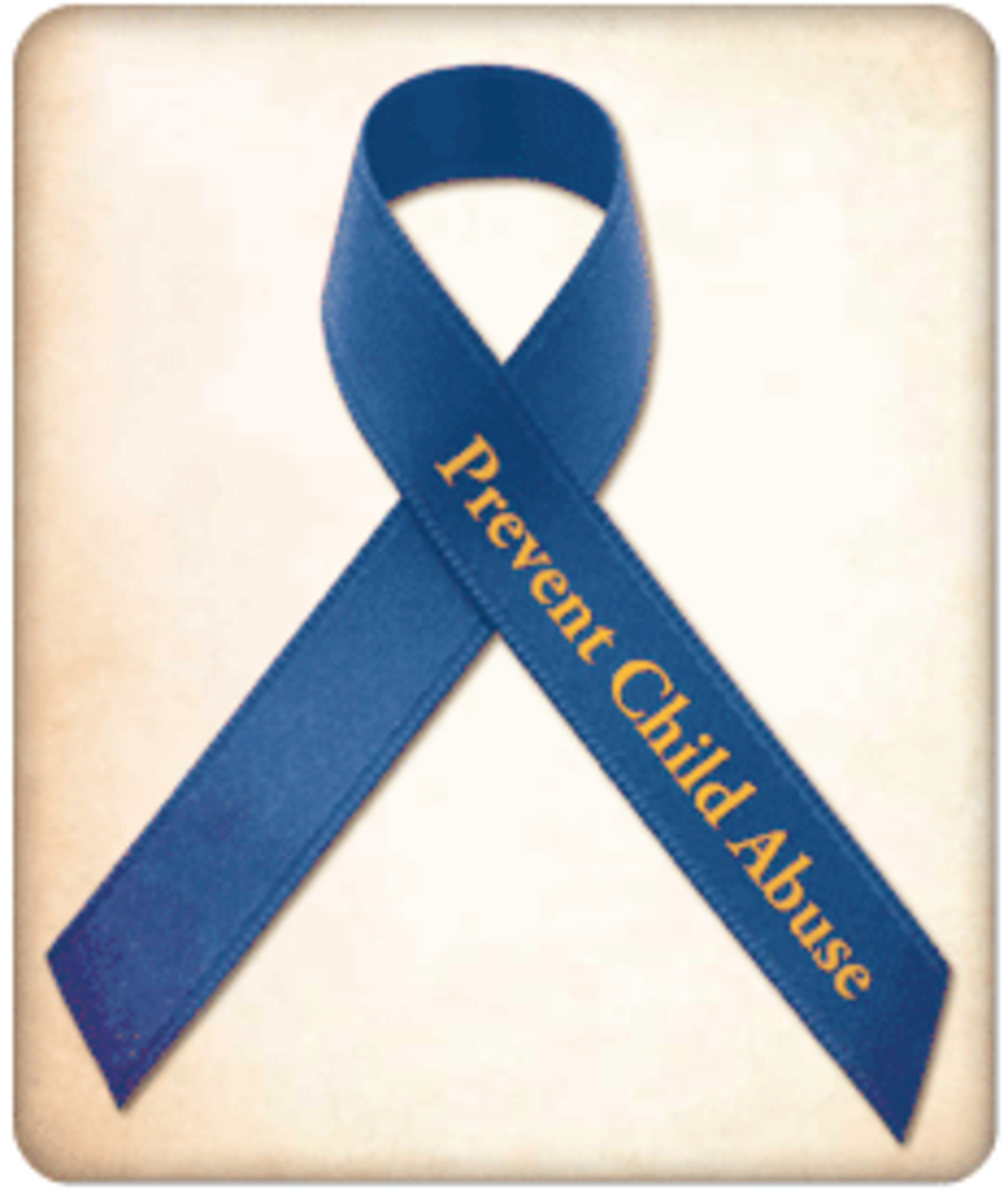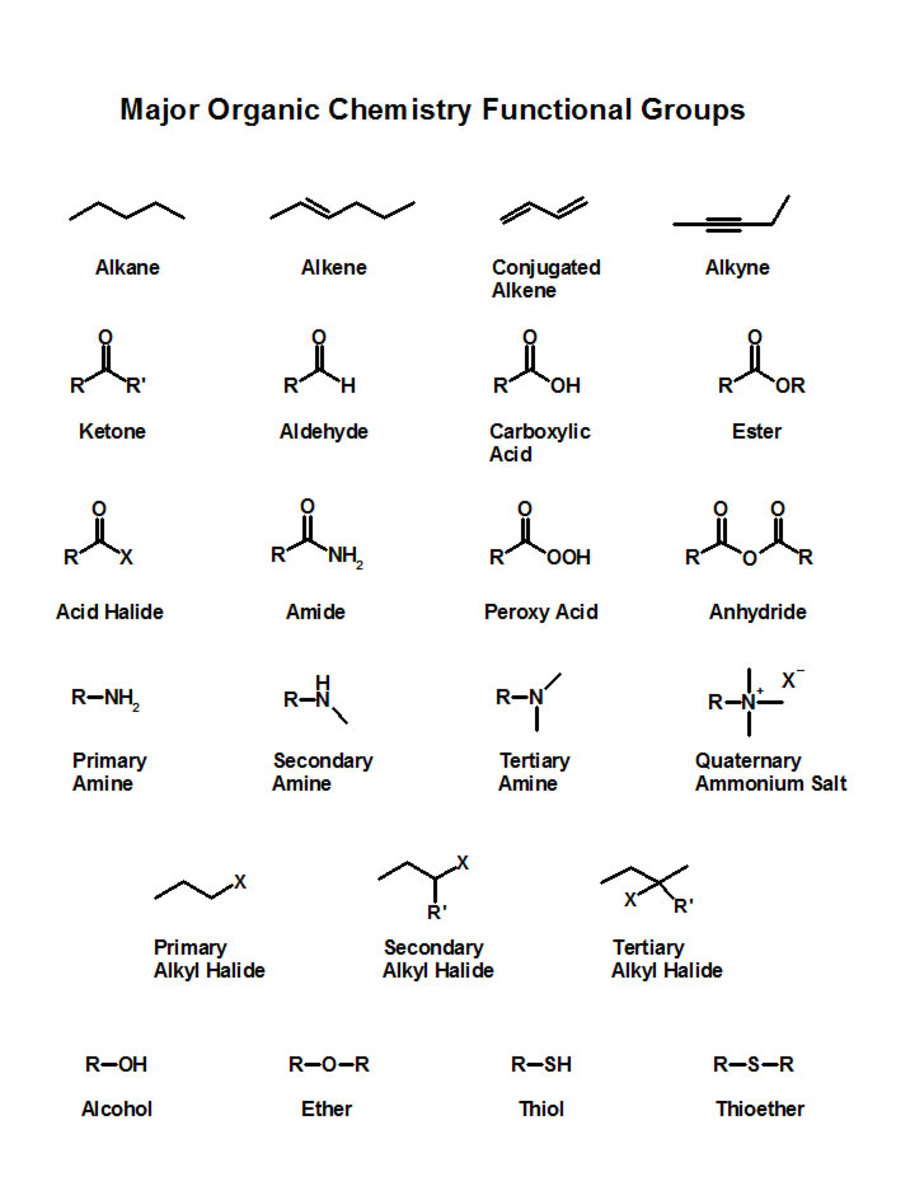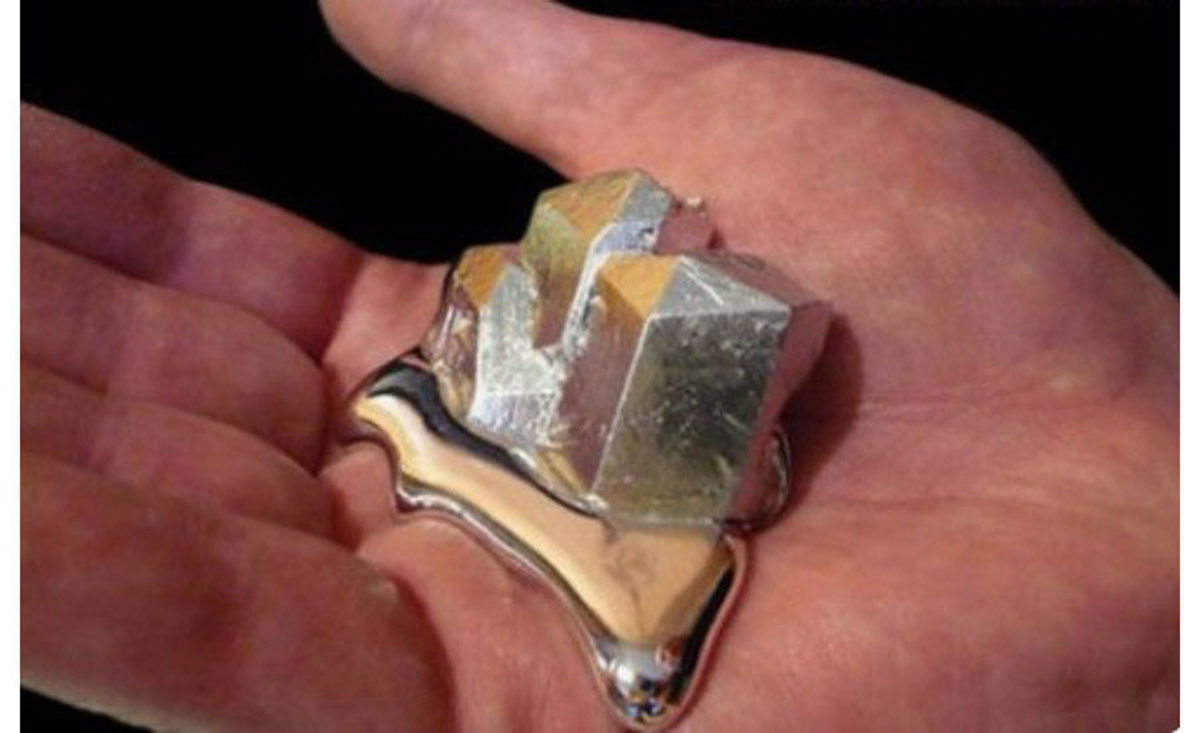Overview of the ANSI Z87 Eye Safety Standard
An Overview of ANSI Z87.1
ANSI Z87.1 outlines the requirements protective eyewear must meet. The protective eye-wear must protect the user from flying debris like wood chips, metal shavings and dust.
ANSI Z87.1 states that high impact lenses offer greater protection than basic impact lenses.
Eye wear designed to meet ANSI Z87.1 must offer sufficient venting to prevent fogging during use. Eye wear must protect users from occasional chemical splashes. ANSI Z87.1 eye wear may filter a percentage of ultraviolet (UV) and non-ionizing radiation, but this particular standard doesn't require 100% protection against non-ionizing radiation. For applications that do, you'll need to refer to other ANSI standards or AWS standards. For example, if you are welding, refer to ANSI Z49.1 for eye protection against radiant energy.
ANSI Z87.1 gives a standard definition of shade numbers that allow users to determine the degree of eye protection the eye wear offers.

ANSI Z87.1 Standard Shade Numbers
ANSI Z87.1 eyewear must be labeled with its shade number. ANSI Z87.1 shade numbers indicate the darkness of the eye-wear. Higher shade numbers offer greater protection. For example, ANSI Z87.1 shade number 7 protects against low arc current shielded arc welding while shade 11 protections against higher current and larger electrode welding torches.
ANSI Z87.1 requires higher shade numbers for larger welding electrodes, higher currents used in welding and greater radiant energy since these conditions create brighter flames and thus pose a greater danger to the welder’s retina. ANSI Z87.1 is part of OSHA standard 1910.6, the Occupational Safety and Health Administration’s requirements for safety glasses.
The shade numbers or scale are combined with a letter to indicate what the safety glasses protect the user from. For example, welding glasses are marked with a W followed by the shade number. Infrared light safety glasses have an R followed by the scale number. UV protective lenses are marked with a U followed by the scale number. Lenses with a visible light filter are marked with an "L". Then the scale number is given.
Glasses that protect the eyes from splashes are marked D3 while goggles that protect from dust are indicated by a D4. Fine dust is a D5.
What the ANSI Z87.1 Standard Does Not Cover
Eyewear that meets ANSI Z87.1 does not provide protection from biological pathogens, X-rays, lasers or any type of ionizing radiation. Protective eye wear also does not have to protect the eyes against thermal radiation, even if it protects against UV.
The ANSI Z87.1 standard does not address eye-wear intended to protect the eyes during sports. Eye-wear must have limited combustibility but does not have to be fire-proof, though ANSI standards for protective face shields for people like welders may include this requirement. ANSI Z87.1 suggests but does not require lateral eye protection if there is low risk of flying particles such as sawdust or metal chips.
How to Know if Safety Glasses Meet the ANSI Z87.1 Standard
Only safety glasses that meet the ANSI Z87 standard are allowed to have ANSI Z87, ANSI Z87.1 or ANSI Z87.1-2010 markings on the frame, lenses or both.
If the markings are on the lenses, they should be clear to prevent obstruction of the user's vision.


